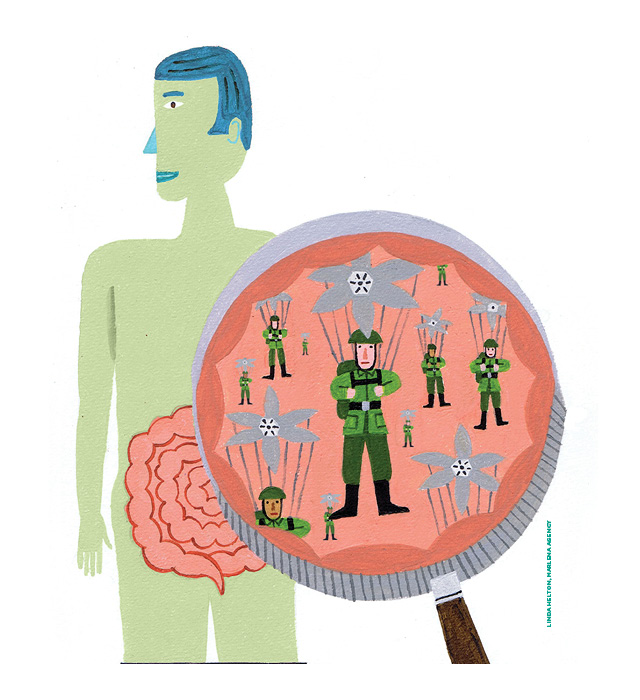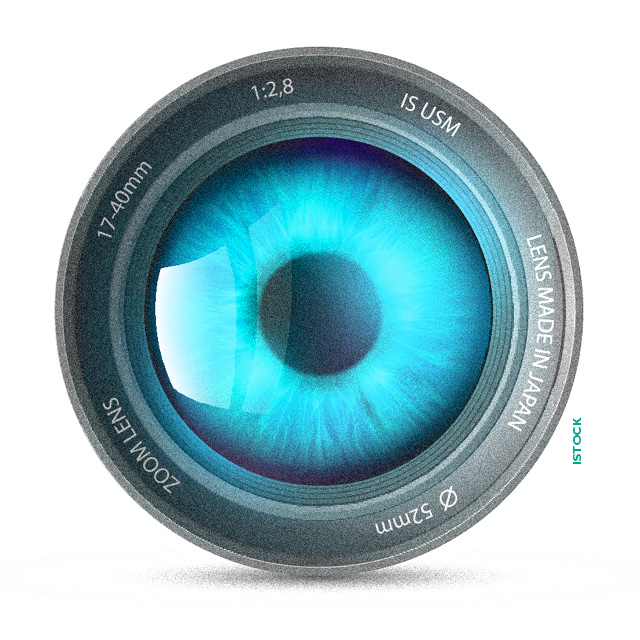Featured Story Microgrippers Could Change the Way We Biopsy
Doctors and engineers from Johns Hopkins have developed a mechanical technology aimed at producing better data from biopsies. Rather than a few single-needle samples, the new approach gathers hundreds—even thousands—of tiny tissue samples from many sites.






